In today’s society, you’ve probably seen key cards everywhere. As a modern alternative to metal keys, it is widely used in various industries. If you want to learn about key cards then our guide is for you. It covers everything you need to know about key cards from definitions, pros and cons, and types. You’ll learn everything you need to know in this guide – let’s get started:
1. What is a key card and how it works
A key card is a flat, rectangular plastic card that is the key used to unlock a card lock. These cards usually look like credit cards and have the same size and shape, as well as a magnetic strip on the back. You can gain access by tapping the card on the reader (proximity reader), swiping the card (swipe reader), or inserting the card (insert reader).
After you insert your key card into the key card slot, manually move the catch in the locking mechanism, the LEDs are illuminated through the hole pattern on the card and detect the result, either by swiping the card or inserting a magnetic stripe card or by simply bringing your RFID or NFC card close to the sensor Can. If the information stored in the card reader matches the information in the key card, the door lock will be unlocked. Each keycard has the same purpose: managing access to certain areas.
All key cards work the same way:
- First, you present a token (such as a plastic key card or fob) to an electronic access control device called a card reader.
- Second, the electronic code is stored on the key fob as a digital credential.
- Third, the data in the key card can be stored and transmitted via Wiegand wire, RFID microchip, or magnetic strip.
- Fourth, when the key card is swiped or approached, a reader in the door lock reads the code and sends the data to the controller.
- Fifth, the card reader sends a signal to the electronic lock according to the matching credential type.
- Finally, the door lock grants keycard access when the match is correct, and restricts it if it doesn’t.
In addition, the key card can also be used as an ID card, or as part of an NFC system that transmits a code to the phone to be placed in a digital wallet system such as Apple Pay or Google Pay, eliminating the need for a physical key card.
2. Advantages of using key card door entry systems
Key cards are widely used in our daily lives, but before using them, you need to understand their benefits so that you can use them better.
1) Quick scan
As long as you insert the key card into the key card slot, the code in the key card can be quickly scanned to quickly open the door lock.
2) Penetrating and barrier-free reading
When covered, key fobs are able to penetrate non-metallic or non-transparent materials such as paper, wood, and plastic, and enable penetrating communication.
3) Light and small, easy to carry
The key card has a small and exquisite appearance, is durable, does not fade, and is only the size of a credit card, so you can put it in your wallet for easy carrying. You can also hang it on your keychain.
4) Long life
Since the key card is made of plastic, it will not break and deform even if it is dropped on the ground. Furthermore, it is corrosion-resistant, waterproof, and shockproof.
5) Simple operation
As long as you insert the key card into the card slot to unlock the door, the operation is very simple.
6) Low cost
A refined mold, anti-corrosion, and high-temperature resistant ABS material are used for the key card shell, while the epoxy resin is used to fill the internal packaging of the RF card chip. Economical and practical, low cost. Additionally, the hardware components of key card access readers require little maintenance.
However, despite the many advantages of using a key card, it also has disadvantages. For example:
- The reading accuracy needs to be improved, which is a technical difficulty that urgently needs to be solved for key cards.
- It is difficult to unify the technical standards. It is difficult to unify the technical standards of key cards internationally, which makes product development and application positioning confusing.
- Swiping can be unstable and easily damage the magnetic strip.
- Since it is a physical card, carrying it with you may cause the key card to be lost or stolen.
- If you need access to multiple places, then you need to carry a lot of key cards.
3. Type of key card
There are many types of key cards, which will be introduced in detail below.
1) RFID key card
Wireless RFID key cards contain a tiny chip that stores information such as the room number and unlock code and transmit it wirelessly to the reader. Once the information is received, the reader processes it and if the correct information is received, the door is unlocked. It is one of the most popular forms of security key cards. Radiofrequency waves are used in RFID technology to read and transmit data. If it is a proximity card, the RFID card uses a radio frequency band of 125 kHz; if it is a smart card, it uses a radio frequency band of 13.56 MHz; if it is a high-frequency card, it uses a radio frequency band of 860 960 MHz.
#1. Application
RFID cards have a wide range of applications including key card access control systems, logistics and supply chain management, inventory and asset tracking, material management, animal tracking, ticketing, marketing, healthcare, law enforcement, and more.
#2. Advantages
- RFID key fobs come in hundreds of different shapes to meet individual needs.
- Small and exquisite, easy to carry.
- The reading is fast because the RFID key card can be read when it is close to the door lock, the operation is very convenient, fast, and simple.
- It is not necessary to have a line of sight in order to read.
- The RFID key fob is highly waterproof, dustproof, and anti-corrosion.
#3. Disadvantages
- The cost of RFID is too high, and the cost of equipment such as RFID transmitters, readers, encoders, and antennas is too high.
- Objects or environments containing metal and moisture can affect RFID.
- Cloning RFID cards is easy.
2) Proximity card
A proximity card is a non-contact IC card, which is a kind of card that exchanges data with reading and writing equipment in the form of non-mechanical contact to complete all or part of the functions of an IC card. It has a read range of up to 15 inches (50 cm). Similar to RFID cards in advantages, limitations, and operation.
#1. Application
- Identification card;
- Read-only storage serial number identification;
- Automatic logistics management identification;
- Response identification of industrial products;
- Embedded label;
- Mobile property tags, etc.
#2. Advantages
- Easy to operate, no need to insert a card, and very user-friendly.
- Non-directional, improve reading speed.
- The built-in encryption chip can encrypt and verify the data, effectively preventing information leakage and illegal copying.
- Wide range of applications
3) Swipe the key
There is a magnetic strip on one side of the swipe key card that contains credential information. Users simply swipe their card through the magnetic card reader to initiate an activity, whether paying for a purchase or opening a door. Entry systems that use swipe cards are generally less expensive than systems that use proximity readers.
Swipe card door locks do have some important drawbacks, though. In crowded halls, they can cause congestion. Or in a parking lot where it might be difficult to swipe your card from inside the car, and swiping the door lock is not a good option. Additionally, card entry systems also tend to be more wear-resistant, requiring more regular maintenance as the system ages.
4) Smart card
Generic term for a plastic card (usually the size of a credit card) with an embedded microchip. It was invented by the Frenchman Roland Moreno in 1974. The integrated circuit chip module with storage encryption and data processing capabilities is packaged in a plastic base that is the same size as a credit card to form a smart card.
#1. Application
- Financial industry: Smart cards involve many types of products in the financial industry, including financial IC cards (also known as debit and credit ICA cards, debit cards, or transfer cards), financial special-shaped cards (different shapes customized according to customer needs) card), financial visual card (financial IC card with an electronic display screen), financial social security card (that is, a social security card loaded with financial functions).
- Transportation industry: Smart cards such as smart IC cards, smart cold-pressed cards, and digital currency hard wallets are mainly related to public transportation, taxis, and subways.
- Schools: It is used in the implementation of various activities and venues such as student status management, on-campus payment, and libraries.
- Government field: Ultra-thin personnel positioning cards, video cards, cold-pressed cards, etc., are widely used in personnel positioning, identification, security monitoring, prisons, convenience services, and other fields. The functions it can realize include: medical insurance, social insurance, public transportation, payment of telephone bills, and payment of utilities such as water and electricity.
- Companies and enterprises: used for identity authentication management, enterprise employee management, etc.
#2. Advantages
- Easy to carry with you: The card can be conveniently placed in a wallet or card case.
- Large storage capacity: A card can hold 4-6 megabytes of information.
- High reliability and high security of information recording: Due to the laser perforated recording method, the card is not afraid of any electric/magnetic interference, and has strong resistance to water, pollution, and severe temperature changes.
- High confidentiality: one card, one code, the code cannot be read by conventional methods, let alone deciphered.
#3. Disadvantages
- There are different types of smart cards that can be read by different smart card readers.
- The cost is more expensive.
- Higher locking capabilities, Since these cards use proprietary encryption, card readers and card vendors cannot access them.
5) Wiegand key card
Wiegand equipment refers to a type of electronic equipment commonly used in access control systems. The device is named after its inventor, John R. Wiegand. When the Wiegand device is close to the Wiegand reader, the reader transmits the key information of the card in the form of the Wiegand protocol and then converts it into data and sends it to the controller. The controller verifies that the key information is valid and opens the door.
#1. Application
The Wiegand effect is generally used to obtain information on Wiegand devices, such as credit card numbers, bank account numbers, employee identity information, criminal records, medical history, and more. The Wiegand effect can also occur when you use an ID card or access control device to open a security door.
#2. Advantages
- High security, the data on the Wiegand card cannot be easily copied or cloned.
- Longer lifespan than magnetic stripe and RFID cards.
- Easily integrated with other systems, Wiegand has long been the standard in electronic access control.
#3. Disadvantages
- The capacity is limited, and the data information stored in the Wiegand card is limited.
- Wiegand key cards are easy to lose.
- The Wiegand system does not support changing credentials and readers.
6) Magnetic stripe key card
In its simplest form, a magnetic stripe card is a card that stores information embedded with magnetic stripe technology. This information may include account numbers, identifying information, security features, and other related data. Using magnetic stripe cards can allow users to conduct electronic transactions or access specific spaces.
#1. Application
One of the first uses of magnetic stripe cards was in London’s transport system. At present, magnetic stripe cards are widely used, some application examples are as follows:
- Credit card
- Bank card
- ATM card
- Traffic card
- ID card
- Hotel key card
- Library card
- Access Card
- Gift card
- Membership card
- Membership card
#2. Advantages
- Easy to use: It can be easily installed and used anywhere, and the operation method is simple and easy to understand.
- Cost-effective: low price.
- Security: In most cases, magnetic stripe card readers are equipped with advanced technology that increases their security.
#3. Disadvantages
- Can’t be used from a distance: Magnetic stripe cards need to be near the reader to work.
- Easily Damaged: Magnetic key cards can be damaged by exposure to air.
7) NFC key card
NFC key card is a new type of hardware storage for blockchain accounts based on the latest NFC technology. Readable by NFC-enabled devices such as smartphones, writeable NFC chips are used to store messages, numbers, and microdata.
#1. Application
- Electronic access control: NFC is a relatively new chip-sensing technology. After adding the door lock information on the mobile phone, the door lock can also be opened with the mobile phone.
- Bus card
- Bank card
- Mobile phone contactless support and more
#2. Advantages
- Portable: The NFC key card is portable, it can be ready in your wallet at any time.
- Easy to buy: You can buy NFC key cards anywhere.
- NFC cards can be read with an NFC-enabled smartphone or PC
- Wide application, many access control systems use NFC technology
#3. Disadvantages
- Data transfer rates are slower compared to microprocessor-based contactless smart cards. For example, Bluetooth, WiFi, etc.
- Maybe hacked
4. How to choose the key card that suits you
Now that there are so many different types of key cards, it can be a lot of work to know which one is right for your property. Please refer to the following points:
- Security: How secure are key card door lock systems? Does it have encryption and other security features? This is the most important factor to consider when choosing any door lock. You need to choose a reliable door lock to keep your premises safe.
- Installation cost: Before considering which door lock to choose, you need to consider your budget first, and choose a lock with the best quality within your budget.
- Style: Of course, the door lock also needs to be suitable for your house decoration style, which will make your house more beautiful.
- Compatibility: Some door locks may not be compatible with your existing security system. To avoid any trouble in the future, please check compatibility before purchasing.
- Efficiency: Is it easy to issue and revoke door locks using a key card? Is it convenient to use?
- Feedback: Before buying any product, you’d better refer to the reviews of some buyers, because no one knows better than them whether this product is good or bad. Based on their feedback, you can take a closer look to see if it’s right for you.
5. 4 ways key cards can secure buildings
Generally, keys are divided into physical keys and electronic keys. The key card has a built-in chip in the plastic card, which combines physical keys and electronic keys to protect the safety of your place. Here are four ways key cards can secure your premises.
1) Remote monitoring
The network interface inside the key card allows it to record the usage record of the card, you can check who opened which door with which card through the usage record, and monitor at any time to ensure the safety of the place. For example, if there is a burglary in your building, you can record which key card the thief used to open the door lock, which can help you find the thief.
2) Grant different access rights to employees
If you are a business owner, by programming key cards, you can grant different access rights to your employees. For example, if some place is off limits to employees, you can program their key card access instead of issuing another key to the person who has access to the place. This is very easy to manage.
3) No need to change the lock
As we all know, for traditional door locks, if your key is lost, you need to replace the door lock. After using the key card door lock, even if your key is lost, you don’t need to replace the door lock again, you only need to invalidate the lost card and reprogram the door lock. It’s very convenient, isn’t it?
4) Compatible with other smart systems
The key card can not only open the door lock but also turn on the air conditioner or the lighting system. That’s because with modern technology you can make your door locking system compatible with other smart systems, and if you forget to turn off the gas when you leave the house, the key card network will send an alarm to remind you, increasing security.
6. Frequently asked questions about key cards
Below are answers to frequently asked questions about key cards.
1) How to avoid key card or key fob degaussing
A very simple way to protect your magnetic stripe card is to put it in a paper or plastic sleeve. You can also use a wallet-style credit card holder and keep the cards facing the same direction to avoid potential damage or scratches. One of the more radical solutions is to extract the RFID coil and chip from the card and install it in your smartphone – this way you can store your RFID transit card in your smartphone. With an access control system that grants access through your smartphone, you will never need to worry about degaussing your access cards.
2) Will the phone mess up the RFID hotel key card?
Large hotel chains such as Hilton and Marriott have conducted internal investigations, and they have found no evidence to support the claim that the phone may have messed with the RFID hotel key card. Therefore, the mobile phone will not pose a threat to the function of the hotel key card. Next time you’re staying at a hotel, use your phone instead of your key card!
3) Troubleshooting and tips when the keycard doesn’t seem to work
- In order to make the door lock last longer, we recommend that you clean the lock and encoder quarterly for the inside lock and once a month for the outside lock.
- We recommend keeping your new and used key cards separate when you store them. This practice will help troubleshoot by preventing mixing old and new cards and allow you to switch to the new card if the old one starts giving you trouble.
- Do not store key cards with objects that can demagnetize easily.
- Sometimes the encoder itself may fail or require repair. If you have multiple encoders, test whether one encoder performs better than another.
- If you see a green light when you swipe your card in the lock, but you have to wiggle the card or the doorknob to open the door, the lock itself and/or the batteries may need attention, cleaning, or replacement.
- If the master key card unlocks the guest room door but the guest room key card does not, there could be a problem with the encoder, software, or human error.
- To ensure the proper functioning of your door locking system, please make sure to order the correct key card for your locking system and software.
7. Conclusion
As mentioned above, there are many types of key cards, but how to choose the key card that suits you is the most important thing. We hope that reading this guide can help you in choosing key card door locks. If you have other questions, please feel free to contact iLockey.

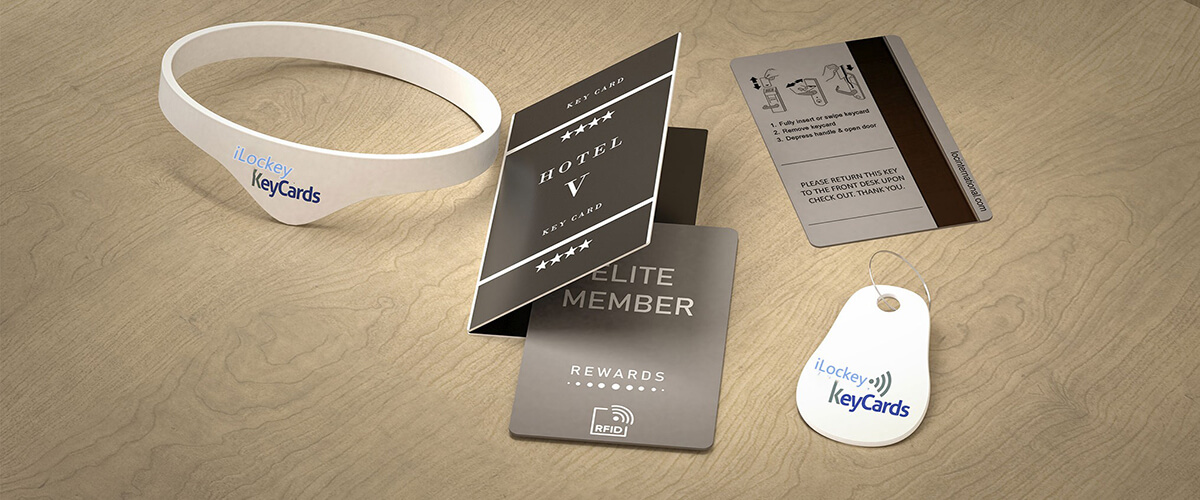
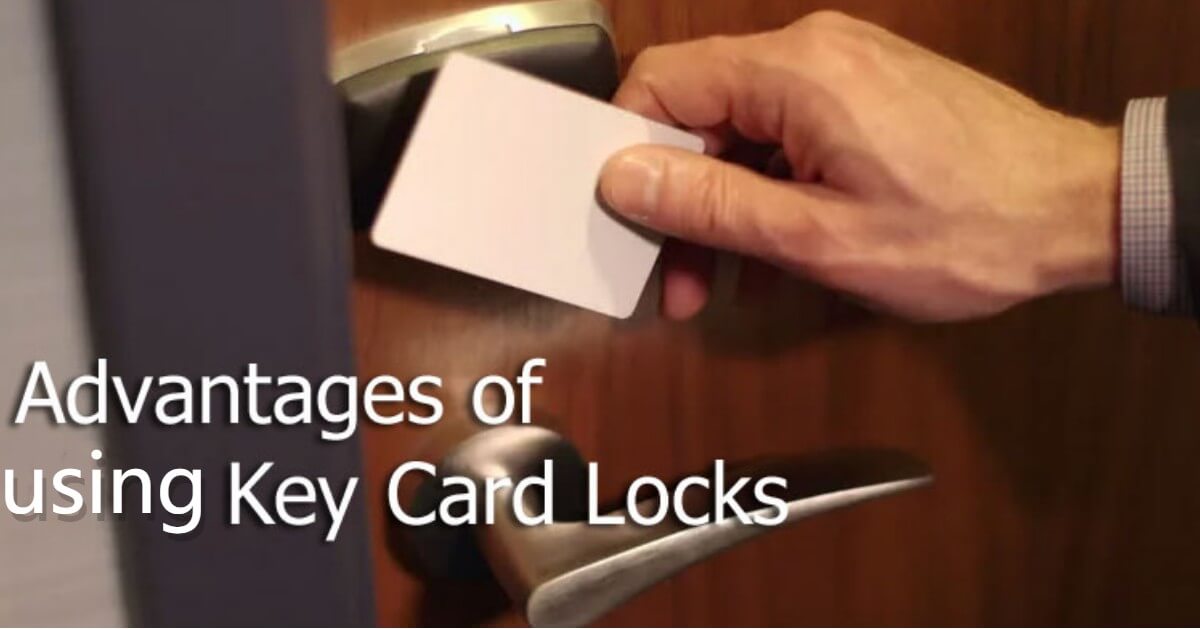
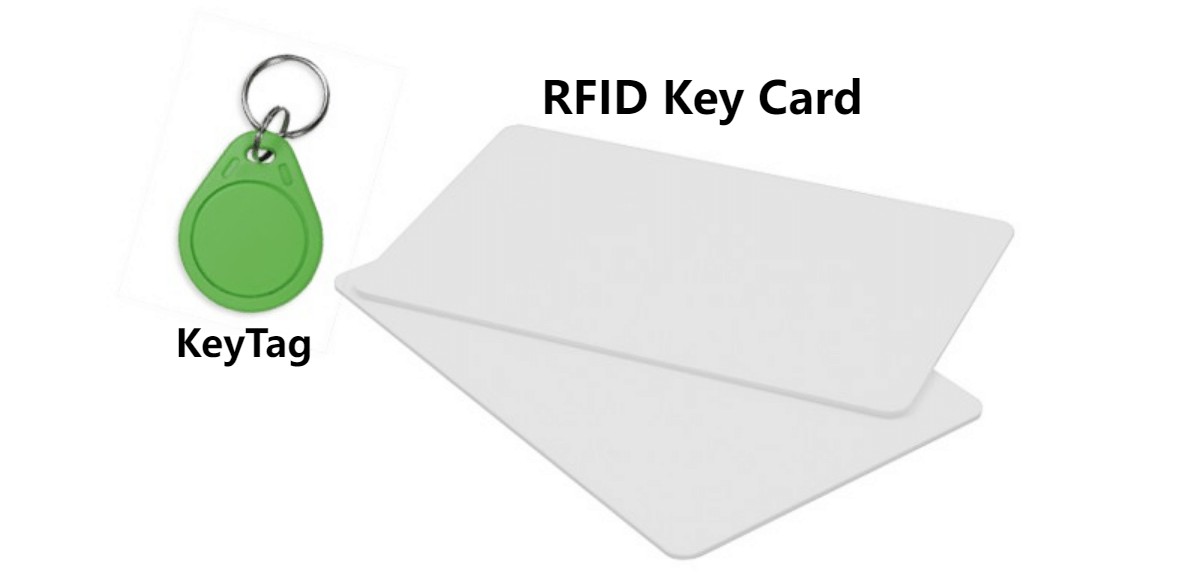
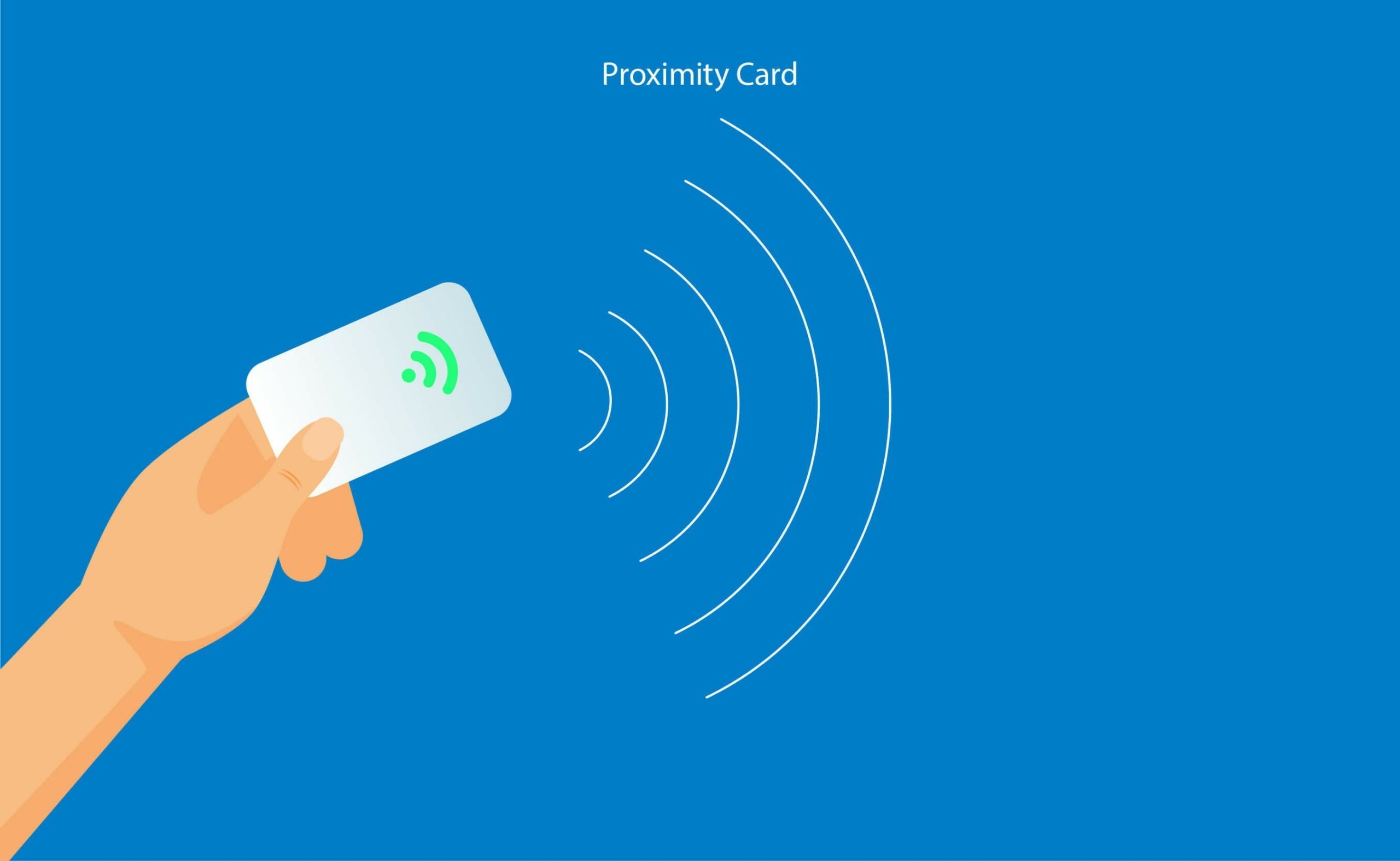
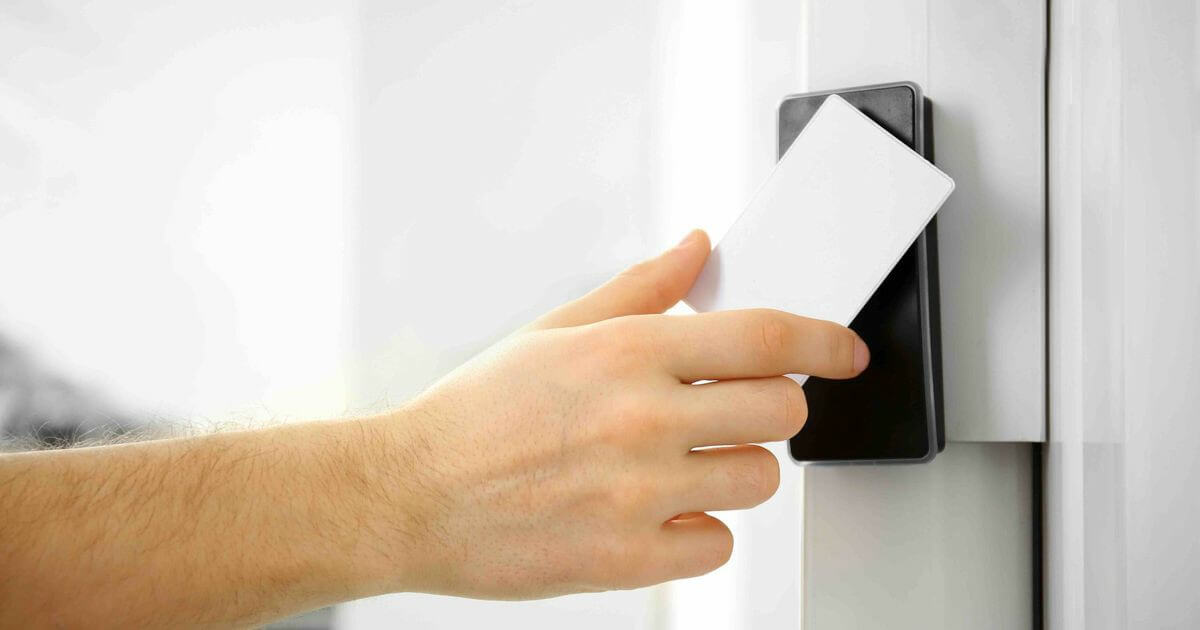
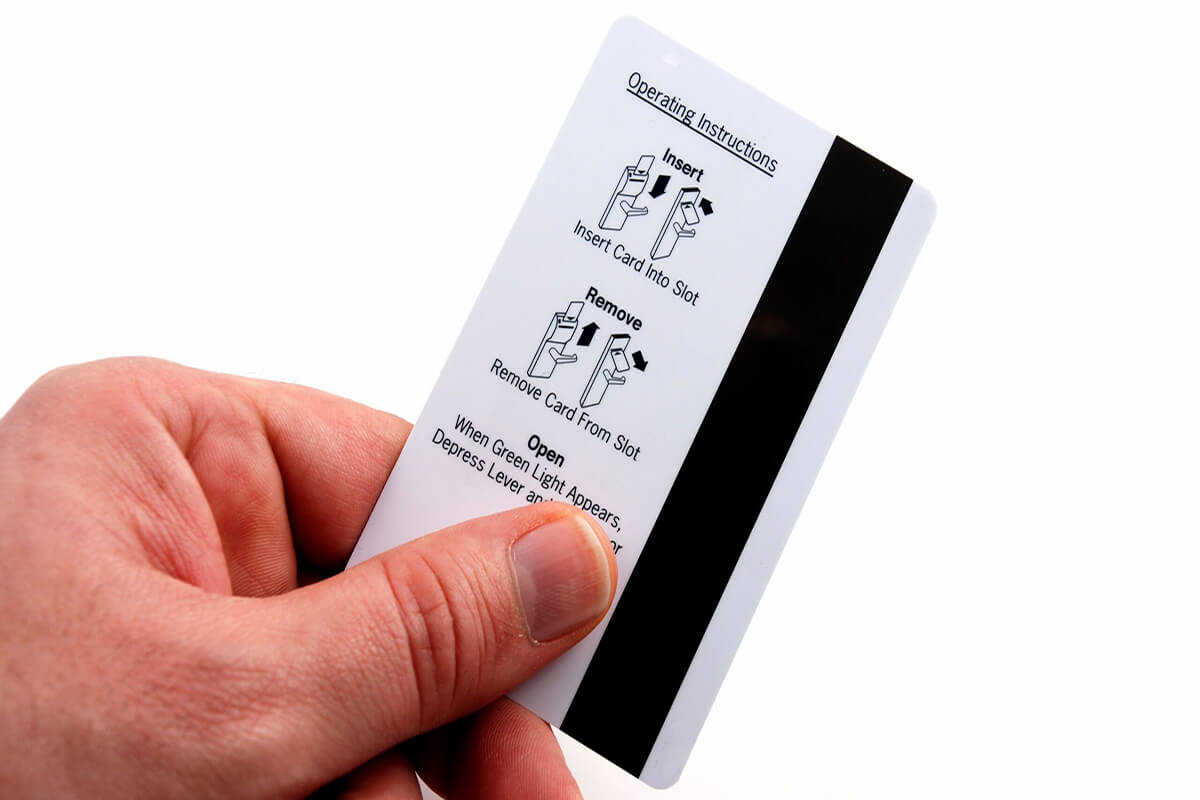
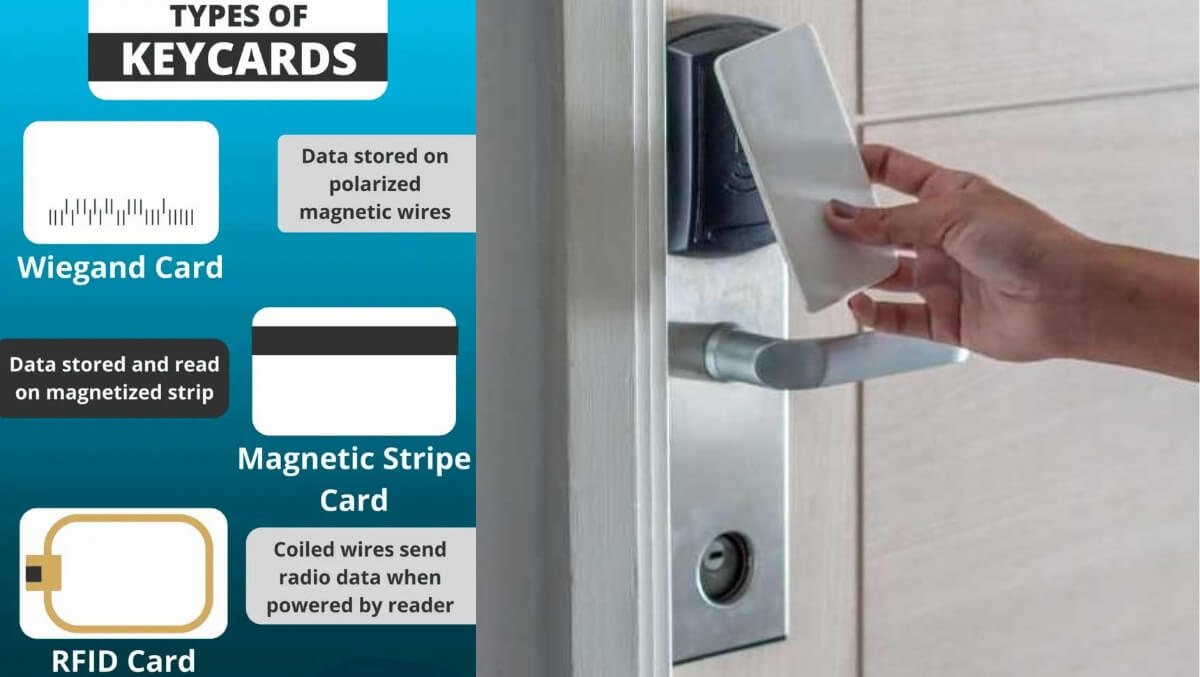
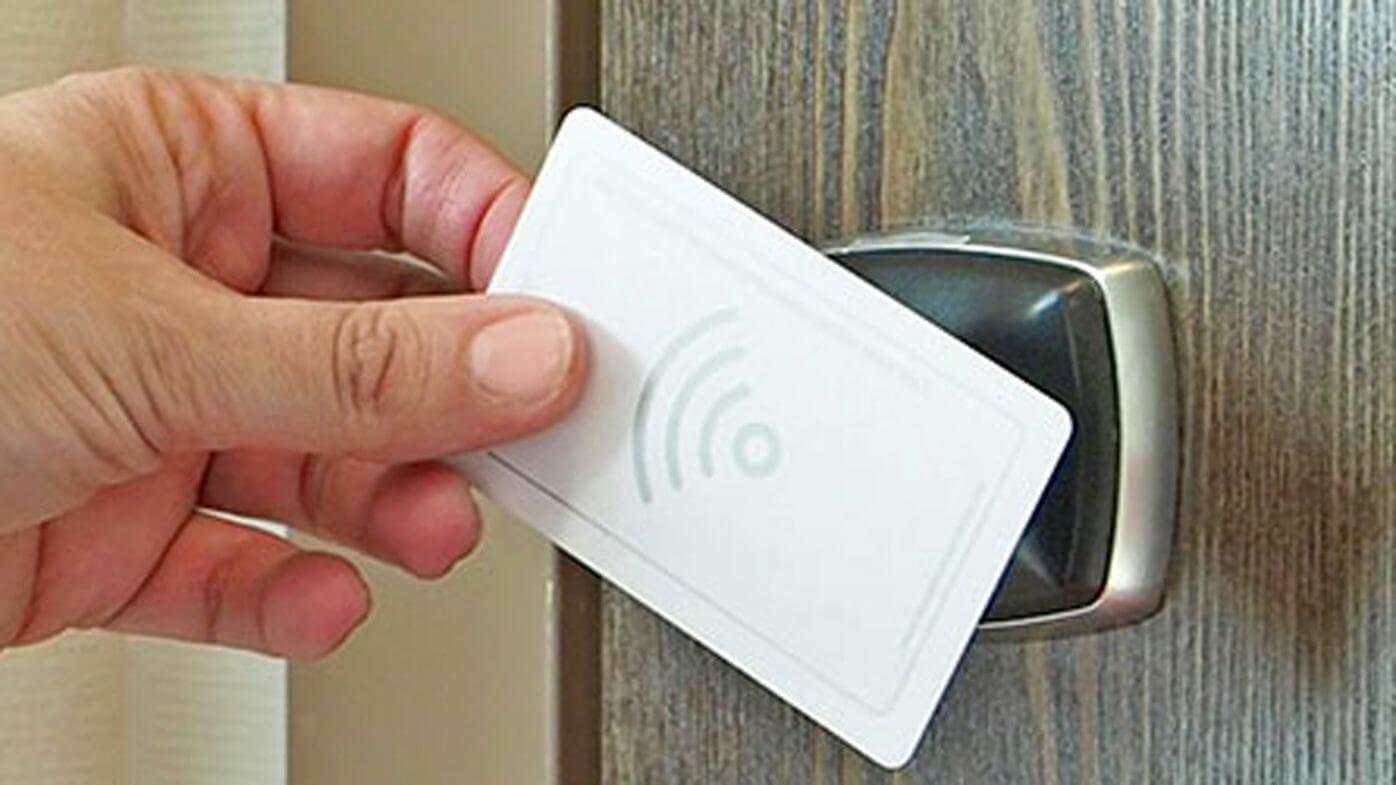
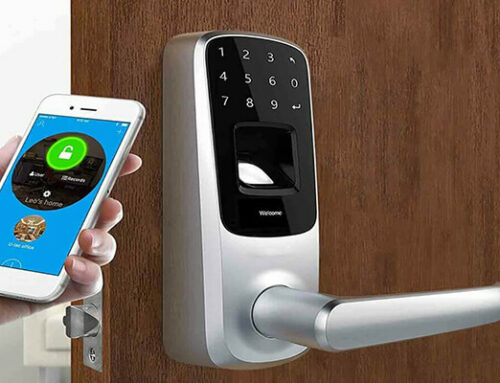
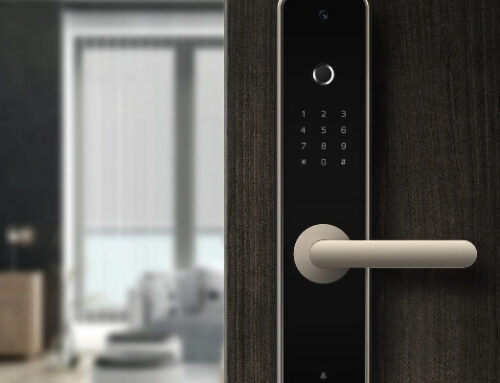
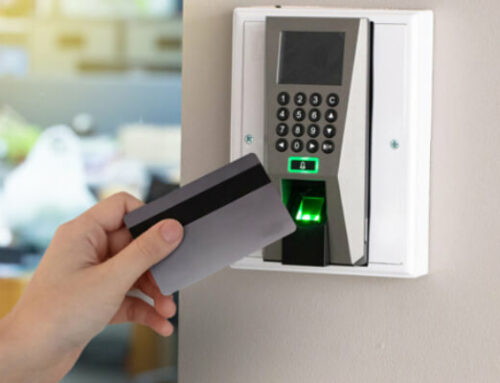
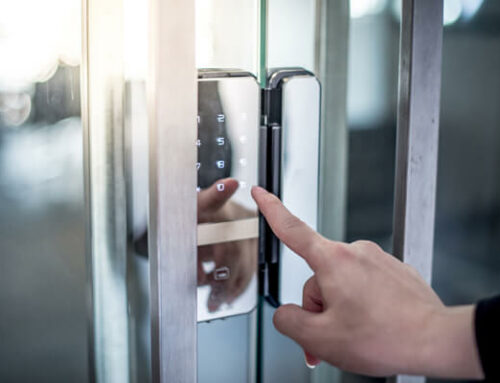
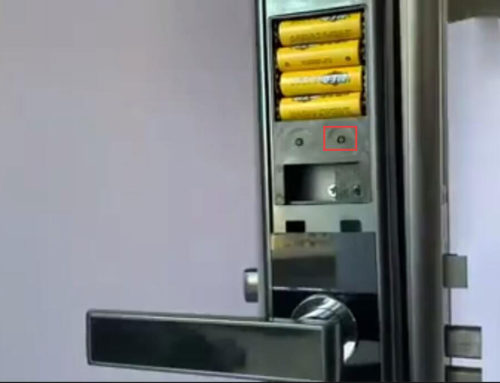
Leave A Comment